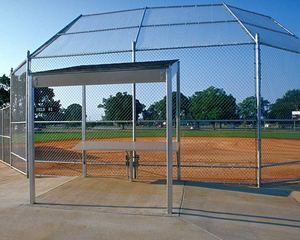Your food footprint is a calculation based on how much land is used to produce the food you eat, how much land is needed to absorb carbon dioxide emissions from burning fossil fuels and the how much sea area is used for fishing. You can reduce your food footprint in 5 easy steps but first you will need to know what your food footprint is.
You can find out what your food footprint is by using the Earth Day Network Footprint Calculator. The calculator compiles the data you enter to help you learn and understand how many planets it takes to support your lifestyle.
5 Steps to Reducing Your Food Footprint
Step 1- Trash to Compost
Reducing your food footprint starts right in your own home. Specifically, in the trash bin. How much food do you throw away on a daily basis? Most of us save leftovers but what happens when the leftovers start turning in the fridge? We throw them out. Instead of throwing out leftovers start turning it into compost. Check out How to Store Compost in Your Kitchen by Karyn Thompson to get an idea of how you can store compost in the kitchen until you are ready to use it. And you will be using it for step 2.
Step 2- Grow Your Own Food
Start a garden in your yard with the sole purpose of feeding your family. Check out the blog Growing Your Own Groceries for useful tips, tricks and recipes for food you can make right from your garden. Use the compost from step 1 to help your garden of groceries grow.
Step 3- Buy from Local Farms and Farmers Markets
When you buy your food from local farms and farmers markets you are reducing your food footprint and helping local farmers stay in business. You will be saving money, getting quality foods that are fresh, and supporting the local economy in your area. Food miles count in the estimation of your food footprint. How far has your food traveled to get to the dinner table? Consider the impact on the planet if everyone bought food from local farms or produced it in their backyard.
Step 4- Consider Changing Your Diet One Day a Week or More
In a Science Daily article from 2008, researchers determined that dietary choice had the biggest effects on food-related climate impact. By eating less red meat and dairy products you can make a bigger impact on your food footprint and reduce it in size. According to the study, by changing your diet one day a week to eating chicken, fish or vegetables it is the equivalent to reducing greenhouse gas emissions as driving 1,000 miles per year. Changing to an all vegetable diet every day of the week would be equivalent to reducing the gas emissions as much as 8,000 miles per year.
Step 5- Drink Less Bottled Water
Here is a startling fact for you from the Good Guide, “It takes 3 liters of water to produce 1 liter of bottled water.” According to the Good Guide, one way to reduce your food footprint is to drink less bottled water because just “producing the bottles for US consumption of bottled water for one year requires the equivalent of more than 17 million barrels of oil.”
Use all 5 Steps and you will be on your way to reducing your food footprint and making an impact on the planet our children, grandchildren and their grandchildren will inherit.






